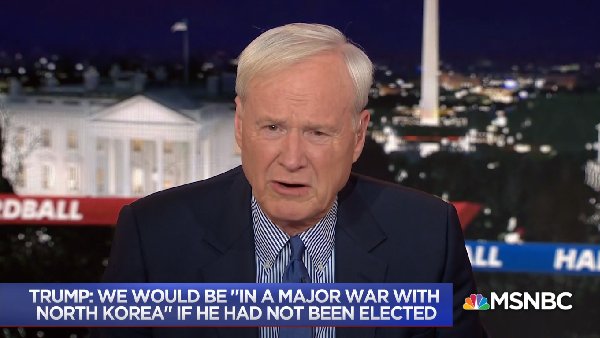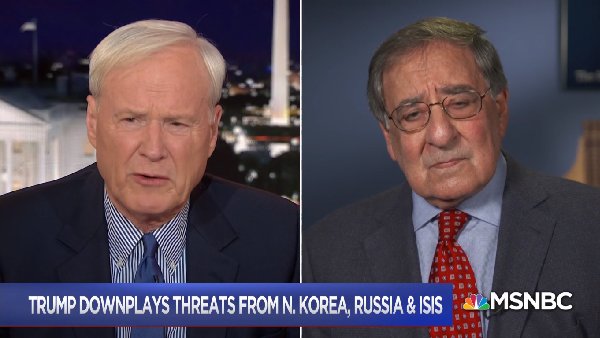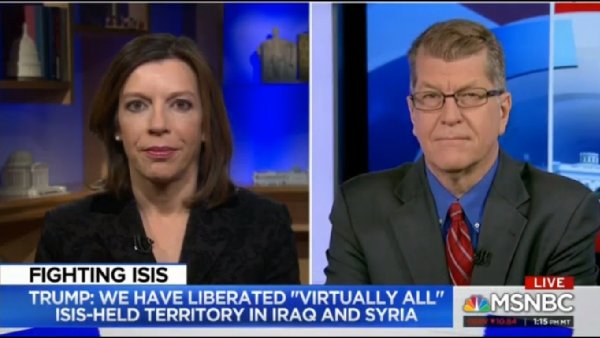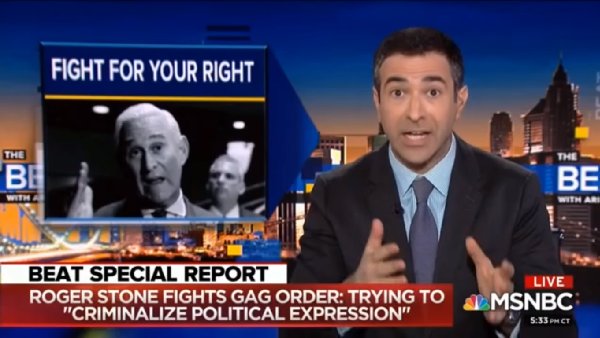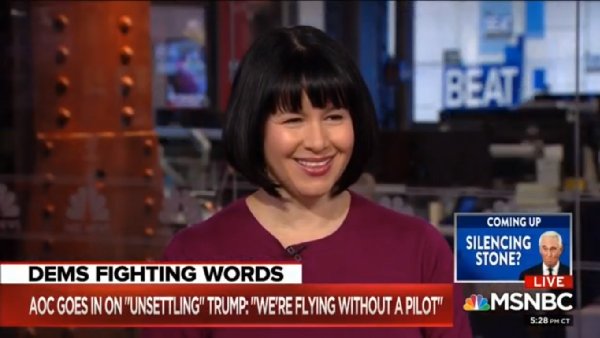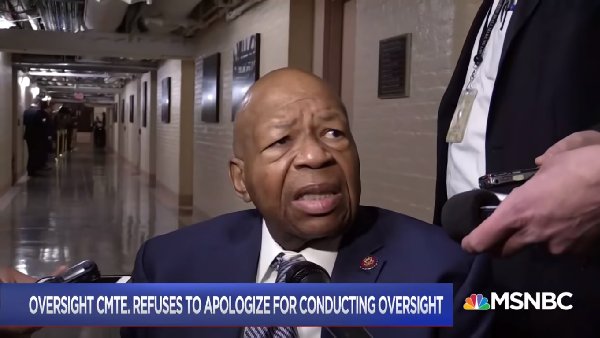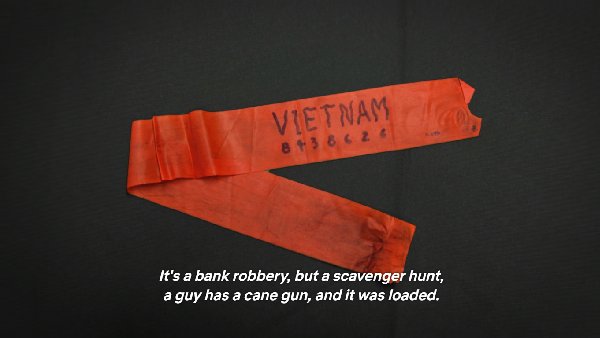[ by Charles Cameron — bulldozers and trains, more ]
.
Watersheds are natural divisions of landmasses, long predating human presence upon the earth. Borders by contrast are a human invention — a fact that is nowhere more evident than in the borders known as the Durand Line, separating Afghanistan from Pakistan, and the Sykes-Picot agreement, which divided up the Ottoman Empire into British, French and Russian spheres of influence. Durand, Sykes and Picot were respectively British, British and French gentlemen. In fact, make that a DoubleQuote (mini):

And while Pakistan recognizes the Durand line as an international border, Afghanistan does not. ISIS, disliked the Sykes-Picot line dividing Iraq and Syria enough to bulldoze it (upper panel, below)..

And then there’s the Haskell Free Library and Opera House (lower panel, above)..
**
The Haskell Library straddles the US-Canadian border, and has served as a meeting place for Iranians in the US and their relatives, hoping to visit them from the Canadian side..
The library is a relic of a time when Americans and Canadians, residents say, could cross the border with simply a nod and a wave at border agents. It was the gift of a local family in the early 1900s to serve the nearby Canadian and American communities.
“What we are so proud of is that we do have a library that is accessed by one single door,” said Susan Granfors, a former library board member. “You don’t need your passport. You park on your side, I’ll park on my side, but we’re all going to walk in the same door.”
But after the Sept. 11, 2001, attacks, the northern border hardened, and the law enforcement presence in the area is immediately visible. And in September, a Canadian man was sentenced to 51 months in prison for smuggling more than 100 guns into Canada, some of them through the Haskell library.
Still, inside the building itself — decorated with wood paneling, stained-glass windows and, on the Canadian side, a moose head — the old ways mostly prevail. Patrons and staff freely cross the international boundary, marked with a thin, flaking black line extending across the brightly decorated children’s reading room and the main hallway.
The Library — and Opera House!! — then, erases a border more or less, in a friendly manner, while ISIS erasesd another with force. In bith cases, we can sense a distrust of or distaste for artificial separations.
**
Those who are willing to make creative leaps from political geography to the wisdom of the far Orient will recognize the imagery of Pu, the Uncarved Block in Lao Tze‘s Tao Te Ching — representing wood in its natural, uncarved state, end thus the whole, of which all entities are seeming parts, separated only by naming.
G Spencer Brown addresses the same distinction in his book, The Laws of Form — described appropriately enough by Wikipedia as “straddles the boundary between mathematics and philosophy” — between what Brown terms the Unmarked state, “which is simply nothing, the void, or the un-expressable infinite represented by a blank space.. No distinction has been made”, and the Marked State, in which one or more distinctions (Marks) have been made:
In Spencer-Brown’s inimitable and enigmatic fashion, the Mark symbolizes the root of cognition, i.e., the dualistic Mark indicates the capability of differentiating a “this” from “everything else but this.”
Spencer Brown notes that a Mark denotes the drawing of a “distinction”, and can be thought of as signifying the following, all at once:
The act of drawing a boundary around something, thus separating it from everything else;
That which becomes distinct from everything by drawing the boundary;
Crossing from one side of the boundary to the other.
.
All three ways imply an action on the part of the cognitive entity (e.g., person) making the distinction.
Brown notes, wryly perhaps
As LoF puts it:
“The first command:
Draw a distinction
can well be expressed in such ways as:
Let there be a distinction,
Find a distinction,See a distinction,
Describe a distinction,
Define a distinction,<
Or:
Let a distinction be drawn.”
**
My own DoubleQuotes format both draws distinctions (being binary) and erases them by asserting parallelisms between them (unifying or uncarving, unmarking them).

All Spencer Brown quotes above are via Wikipedia.
**
Okay, now there’s news of another diplomatically significant border crossing:

That’s good — and it gives us yet another DQ:

Connecting a prosperous free South with a totalitarian North across a border is a liminal matter, and thus inherently sacred — see my post, Liminality II: the serious part
As we saw with the fall of the Berlin Wall, however, it is possible and maybe Trump and Pompeo — with a little help from Kim Jong-un and Moon Jae-in? — can pull it off.
Or maybe, Dennis Rodman?
**
Sources, some of ’em:
The Guardian, Railway diplomacy
PRI, For some Iranian families separated by the travel ban
NYRB, The Map ISIS Hates — hey, this by Malise Ruthven
Asia Times, Afghanistan takes center stage
**
Oh, ah, another couple of parallelisms, btw:


**
What’s the cyber border between the US and Russia?
.












